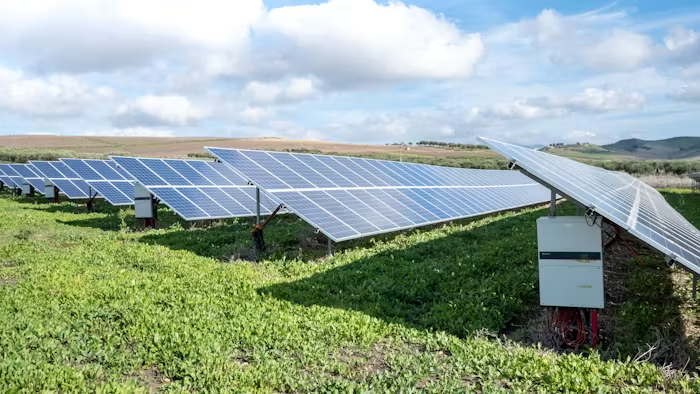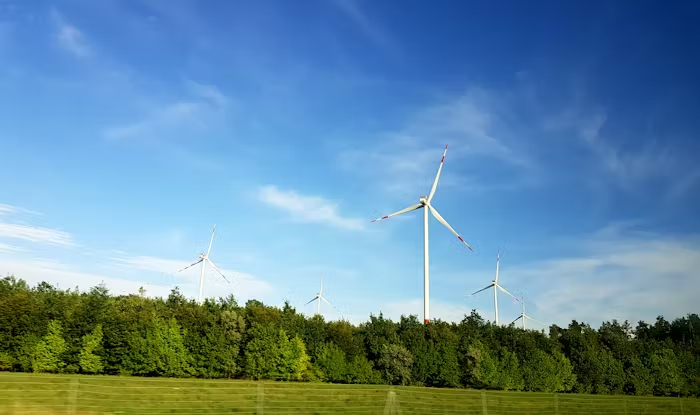Learn how to use apps and smart tools to track your carbon footprint and reduce your environmental impact. Discover the best tech solutions to live a more sustainable life.
In an era marked by climate change and environmental awareness, understanding your carbon footprint has never been more important. While recycling and using reusable bags are great first steps, true sustainability begins with understanding how your daily actions contribute to greenhouse gas emissions. The good news? Technology now makes it easier than ever to track, measure, and reduce your carbon footprint.
From mobile apps to smart devices and AI-driven platforms, you can monitor your impact in real time and make informed decisions that align with your environmental values. Whether you’re a beginner or a dedicated eco-warrior, this guide will show you how to use technology to track your carbon footprint — and more importantly, how to reduce it.

What Is a Carbon Footprint?
Your carbon footprint is the total amount of greenhouse gases — especially carbon dioxide (CO₂) and methane (CH₄) — that are generated by your actions. This includes emissions from transportation, electricity usage, diet, shopping habits, and even digital activity.
Understanding your carbon footprint is the first step toward living a more sustainable life. By identifying which activities cause the most emissions, you can target specific areas for improvement.
Why Use Technology to Track It?
Traditional carbon footprint calculators require manual input and are often static. In contrast, technology offers dynamic, data-driven insights. With the right tools, you can receive personalized recommendations, monitor trends, and even compare your impact with national or global averages.
Benefits of Using Tech Tools:
- Real-time data tracking
- Personalized emissions breakdown
- Goal setting and progress monitoring
- Integration with banking, travel, and smart home apps
- Visual reports to aid decision-making
Best Apps and Tools to Track Your Carbon Footprint
Here are some of the most popular and effective tools to help you monitor your emissions and build sustainable habits:
1. JouleBug
JouleBug gamifies sustainability by helping users make eco-friendly choices in everyday life. It tracks actions like biking to work, conserving water, or recycling and assigns a carbon value to each.
Key Features:
- Tracks lifestyle-based sustainability habits
- Community challenges and achievements
- Visual progress dashboard
2. Capture
Capture is designed for individuals who want to offset their transportation and lifestyle emissions. It offers automatic tracking of travel modes using GPS and provides detailed insights into emissions.
Key Features:
- Travel tracking via GPS
- Calculates CO₂ emissions from transportation
- Offers verified carbon offset options
3. Oroeco
Oroeco connects your lifestyle decisions with climate impact. It allows you to log purchases, energy use, travel, and dietary choices to see how each affects your carbon footprint.
Key Features:
- Personal CO₂ calculator based on detailed life data
- Budgeting and environmental tips
- Comparison with friends and community members
4. My Earth
This beginner-friendly app helps track daily habits and carbon savings. It’s ideal for people new to sustainability who want simple, actionable insights.
Key Features:
- Track energy, water, and transportation usage
- See cumulative impact over time
- Educational features for eco-living
5. North App
North is an intuitive carbon tracker that links to your bank account to analyze your purchases and assign carbon values to your spending. It gives detailed monthly reports and personalized sustainability tips.
Key Features:
- Automatic carbon tracking via financial transactions
- Monthly footprint reports
- Tips for eco-friendly alternatives
Integrating Smart Devices for Carbon Awareness
Beyond apps, smart devices play a growing role in measuring and managing your environmental footprint.
1. Smart Thermostats (e.g., Nest, Ecobee)
Smart thermostats learn your habits and optimize energy use. By reducing unnecessary heating or cooling, you reduce your electricity and gas usage — and your emissions.
2. Smart Plugs and Energy Monitors
Devices like the Emporia Vue or TP-Link Kasa Smart Plug allow you to track how much energy each appliance uses. Reducing phantom loads and unplugging devices can save energy and emissions.
3. Electric Vehicle Dashboards
If you drive an EV, your vehicle app likely tracks energy usage and equivalent CO₂ savings compared to a gas-powered car. This helps quantify the impact of switching to cleaner transportation.
How to Use These Tools Effectively
While downloading an app or installing a smart device is a good start, maximizing their potential requires a conscious approach. Here’s how to get the most from your technology:
1. Start With a Baseline
Input accurate data about your daily habits — commute, energy use, food choices, and purchases. This gives the app a solid foundation to calculate your footprint.
2. Set Realistic Goals
Whether it’s reducing emissions by 20% or cutting down on meat consumption, having specific, measurable goals helps keep you motivated.
3. Monitor Progress Regularly
Check your app dashboards weekly or monthly to see improvements or spikes in emissions. Use the data to adjust your habits.
4. Share and Collaborate
Many apps have social features that allow you to join challenges or compare with friends. Collective action encourages accountability and engagement.
5. Offset What You Can’t Reduce
After minimizing emissions, consider investing in verified carbon offsets — like reforestation, clean energy projects, or methane capture.
How Tracking Helps You Live More Sustainably
When you’re aware of the impact of your choices, you’re more likely to change behavior. Tracking your carbon footprint isn’t just about numbers — it’s about building a mindful lifestyle. You may find yourself:
- Taking public transportation more often
- Eating more plant-based meals
- Buying secondhand instead of new
- Reducing reliance on single-use products
- Supporting eco-conscious companies
Small changes, when done consistently, lead to significant long-term results.
Challenges and Limitations
No tracking system is perfect. Some apps rely on estimates, and data may vary by region or lifestyle. Privacy concerns can arise when linking financial or location data. Always review privacy policies and choose trusted apps with transparent data practices.
Technology as a Tool for Climate Action
The climate crisis is one of the most pressing challenges of our time. Fortunately, technology empowers individuals to take meaningful action. By tracking your carbon footprint, you gain insights that can help you make more informed, sustainable decisions every day.
Technology won’t solve the climate crisis alone — but when combined with awareness, commitment, and community, it becomes a powerful tool for change. Start with your phone, your home, or your car — and watch how small steps lead to big impacts.










